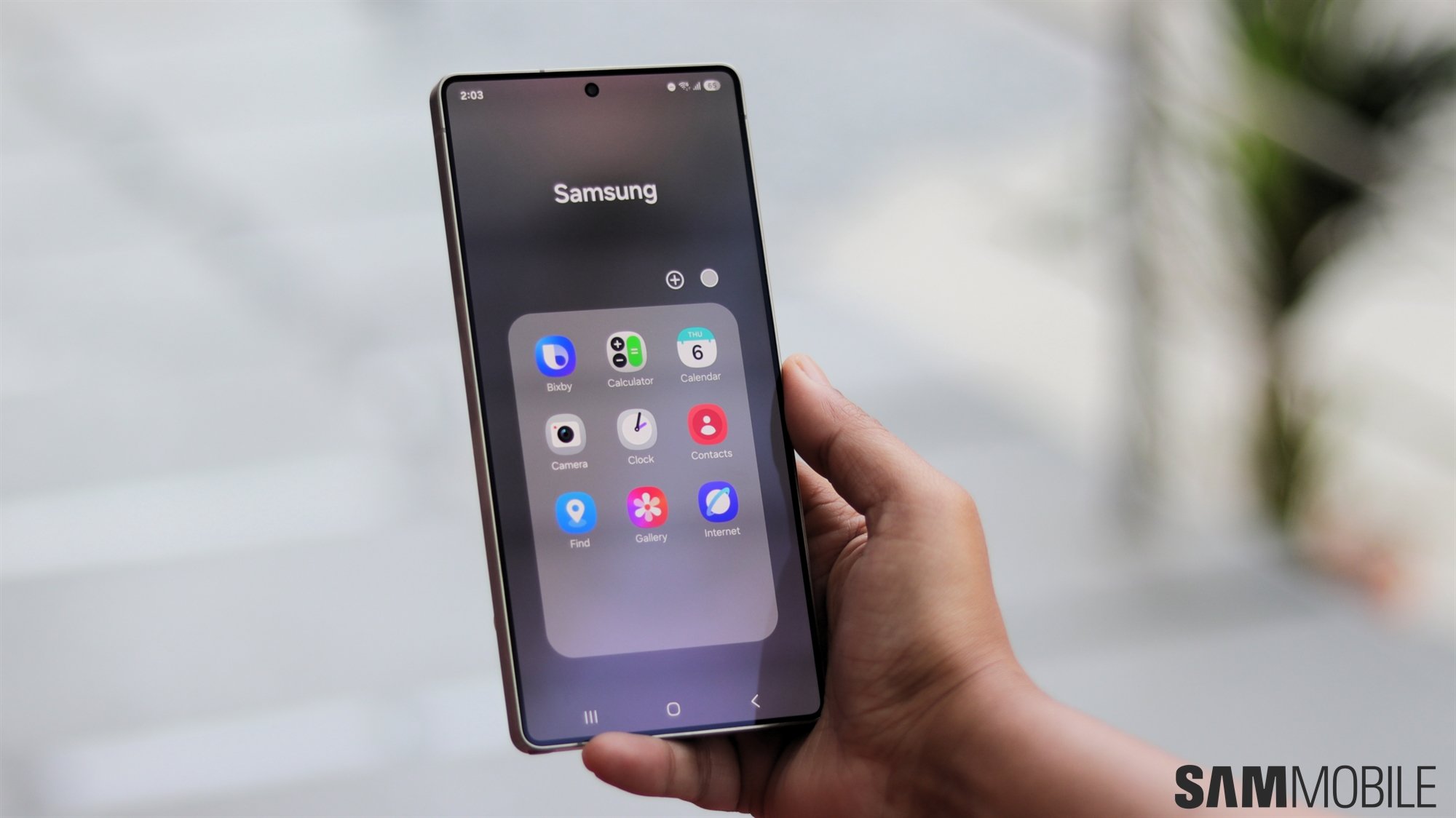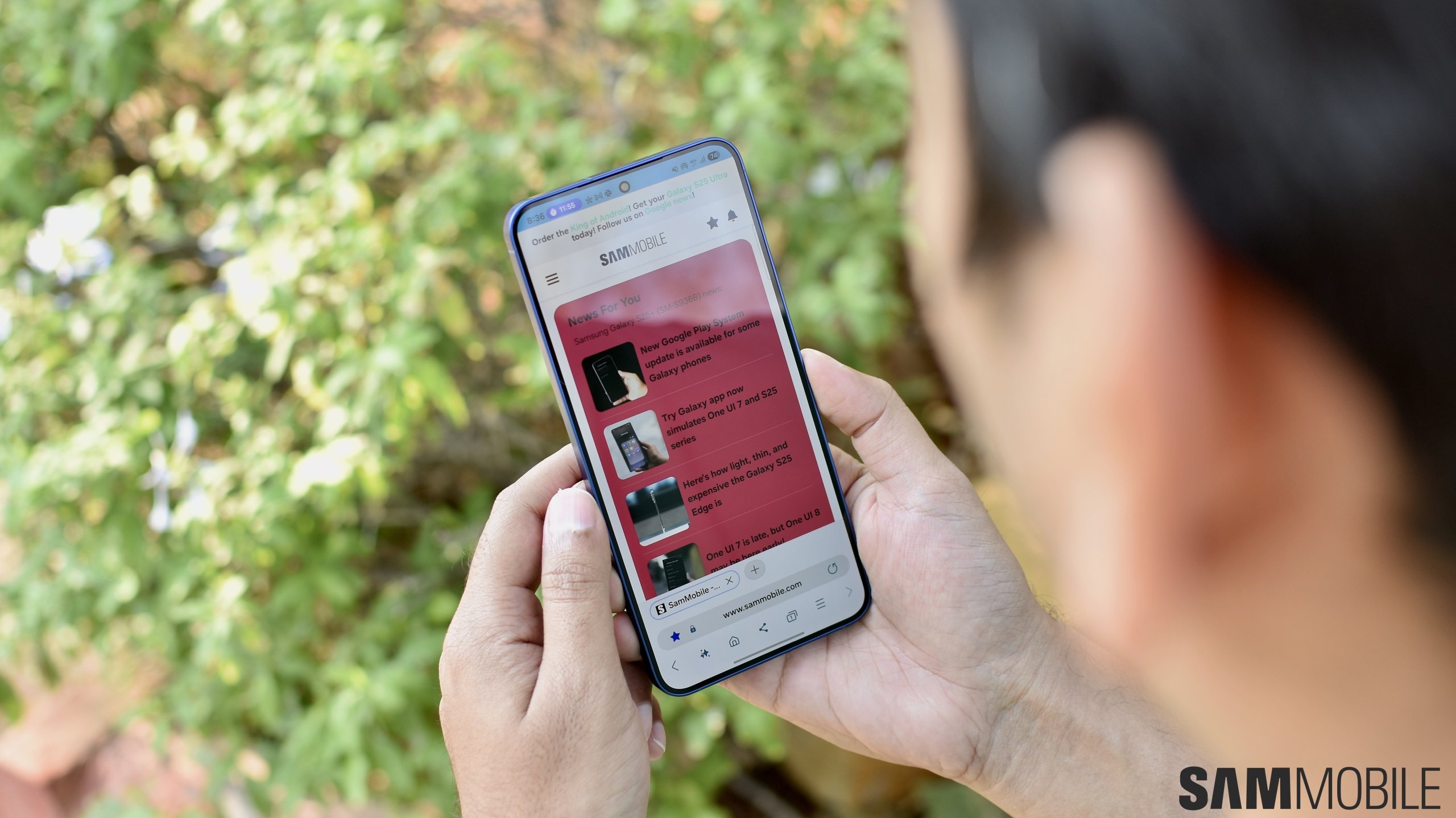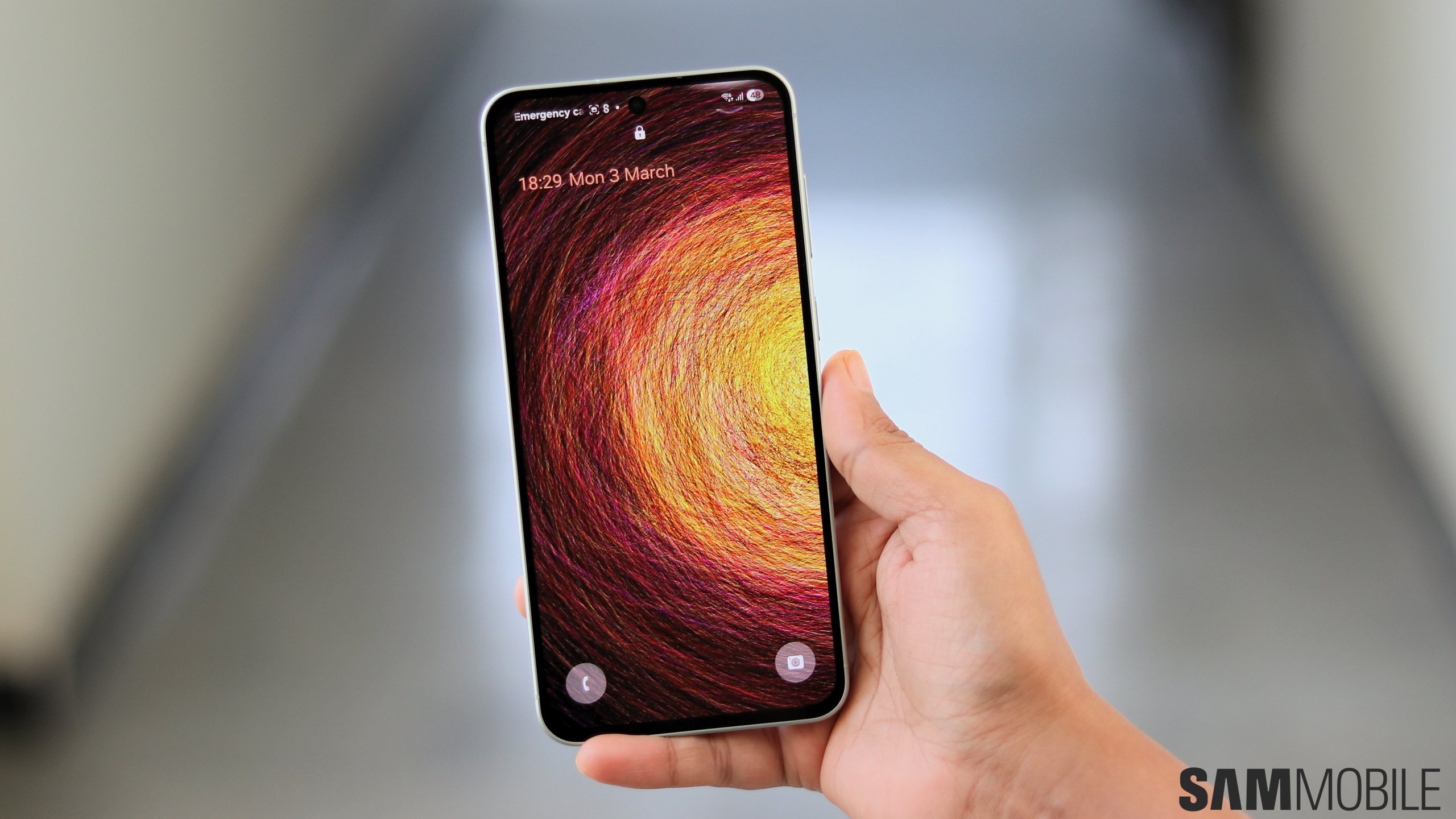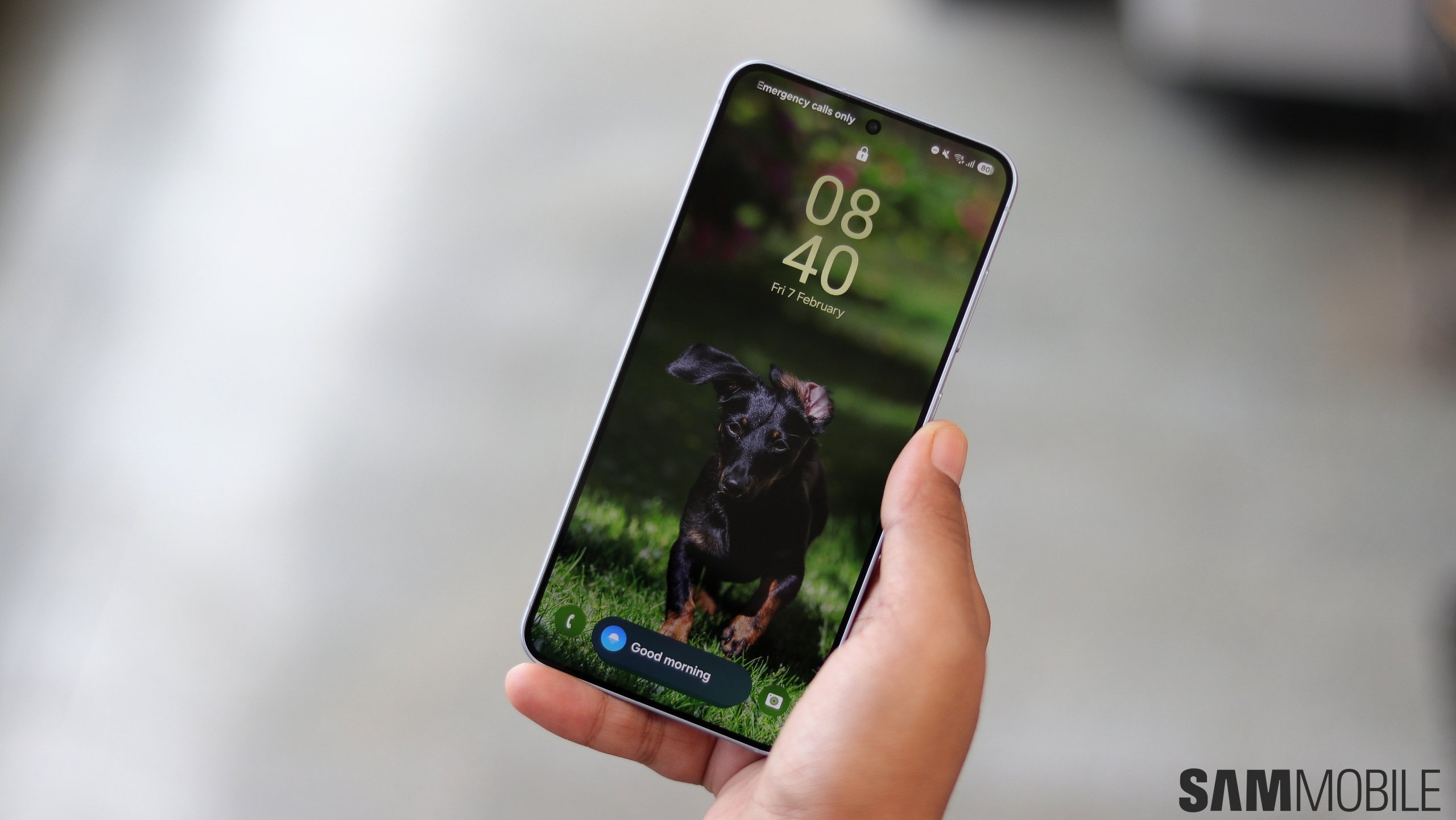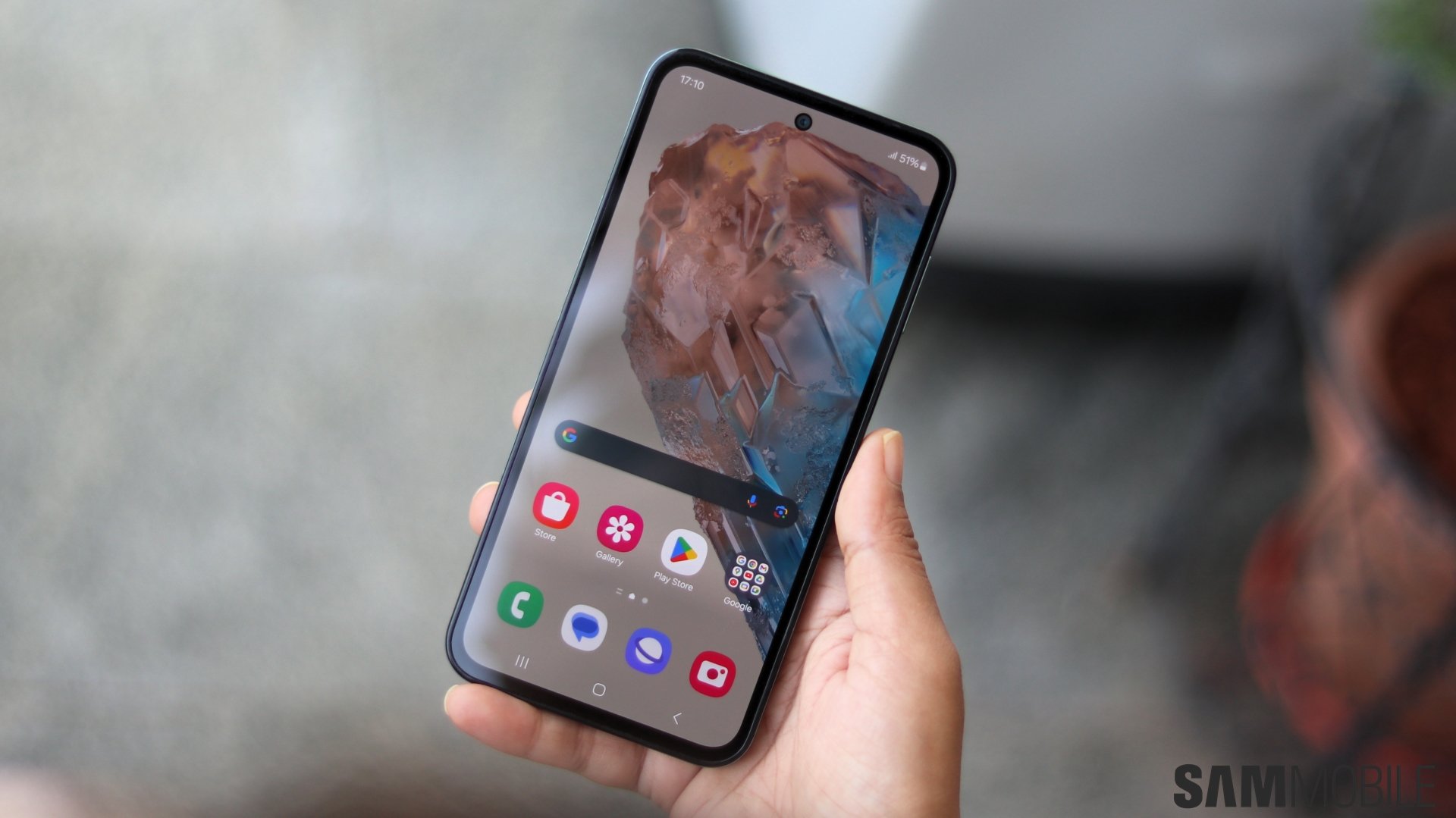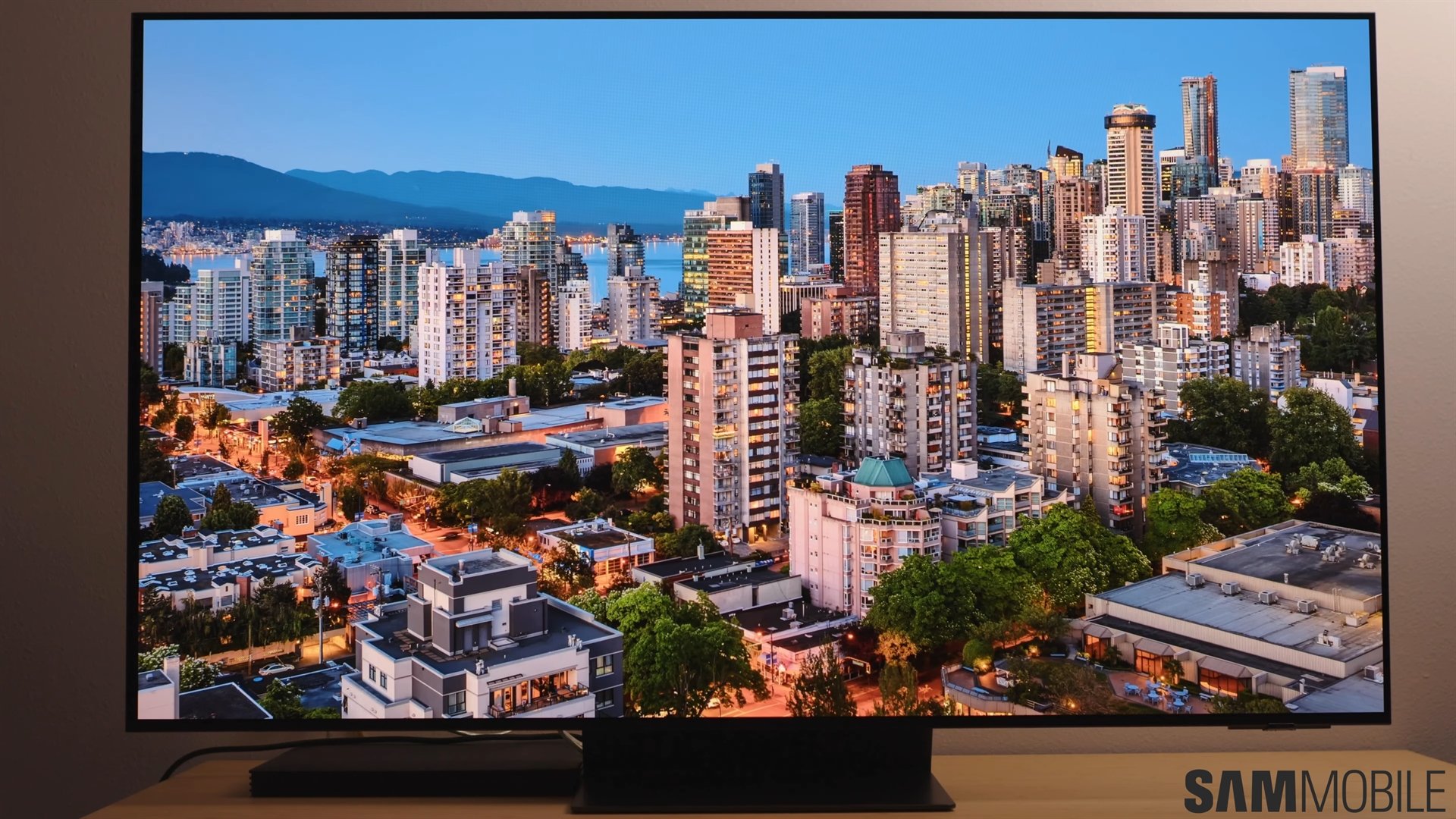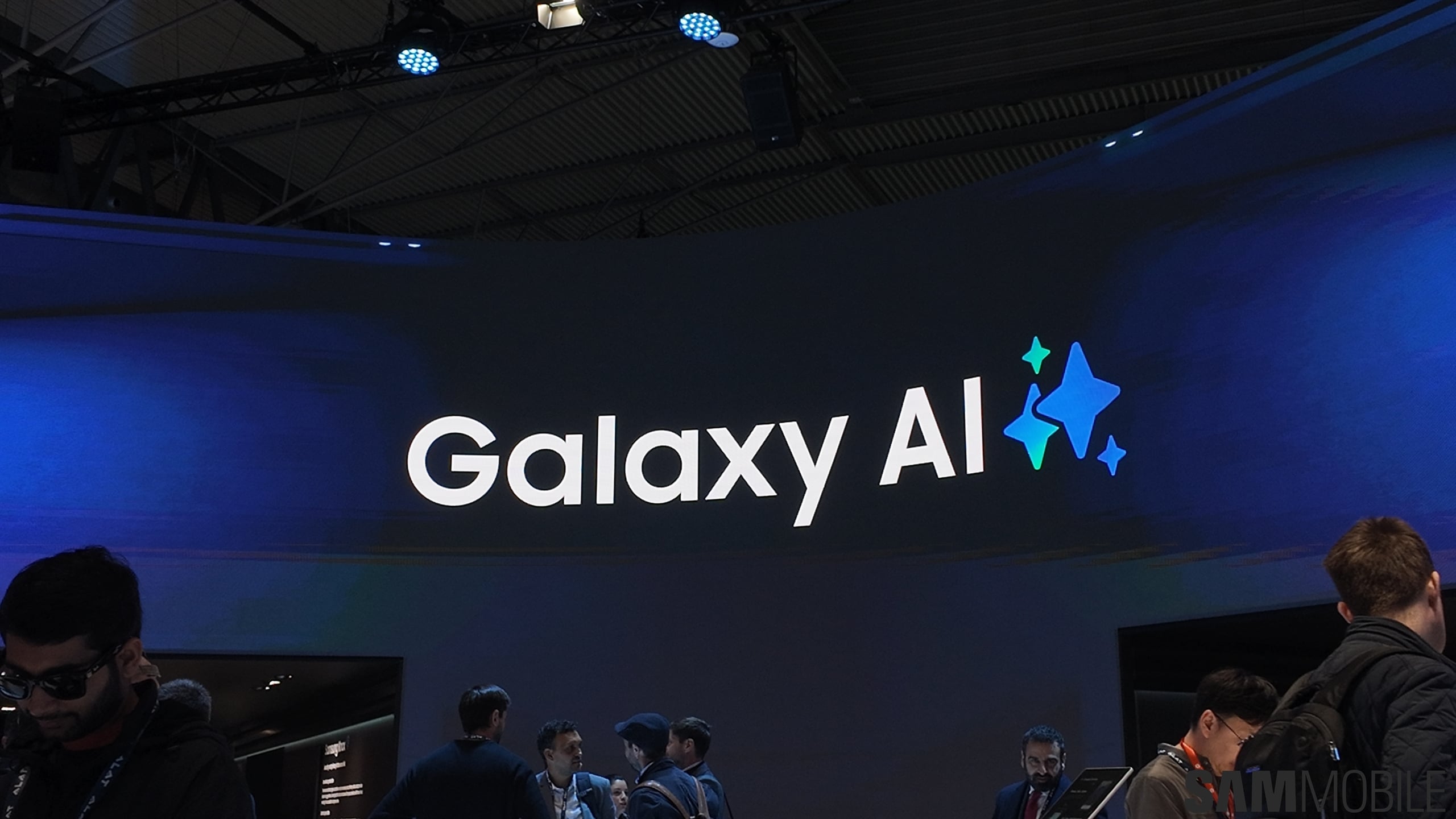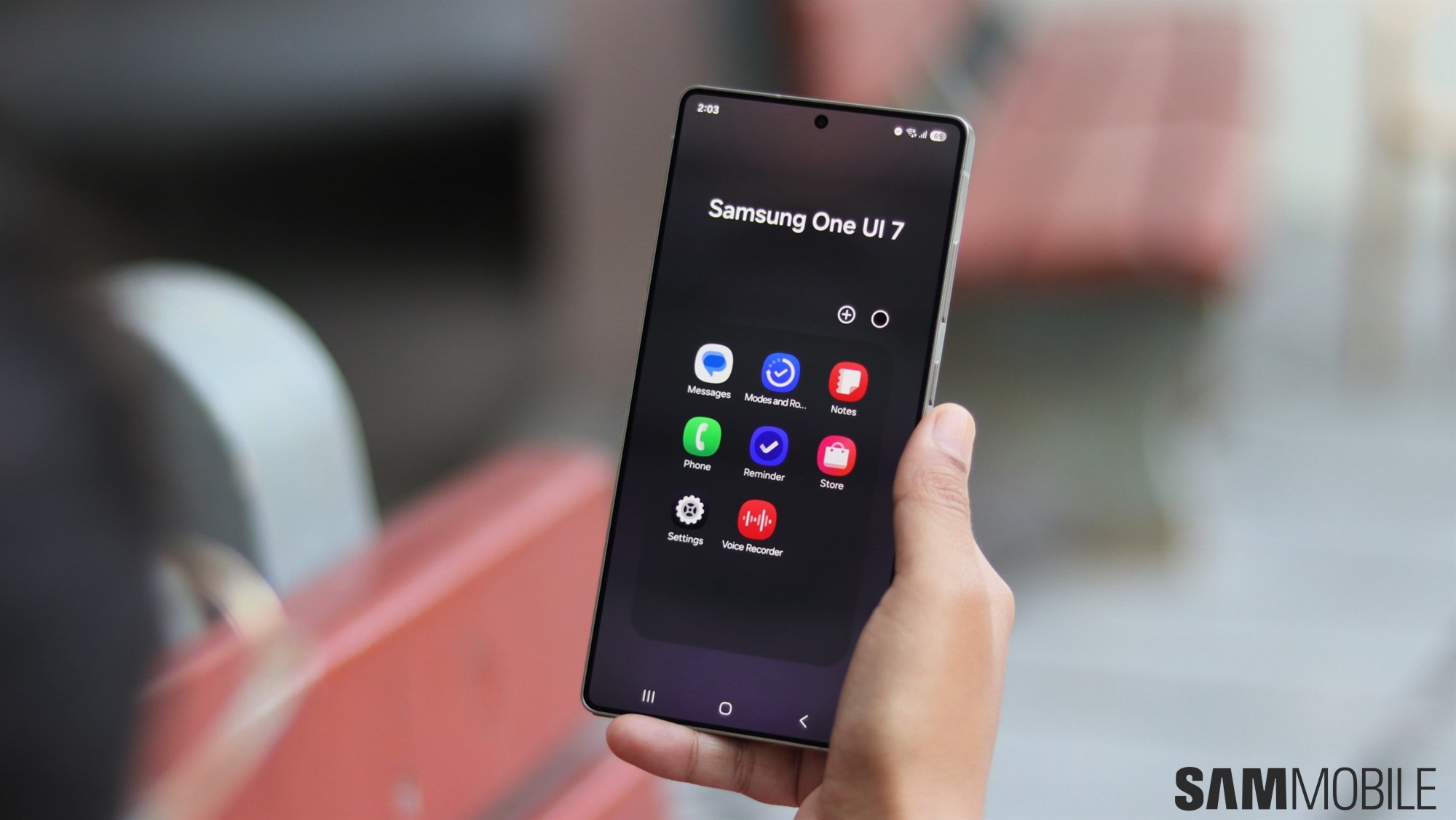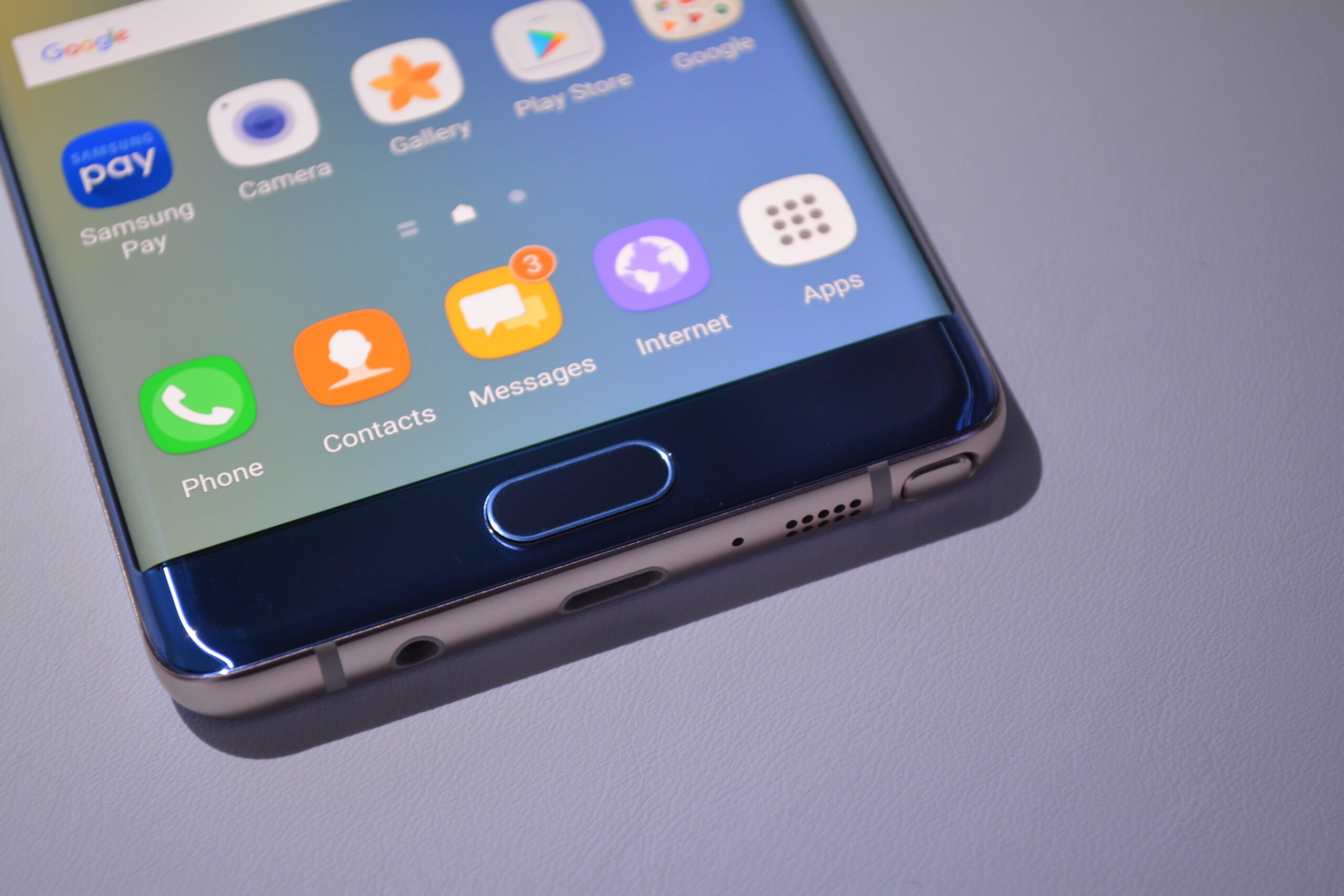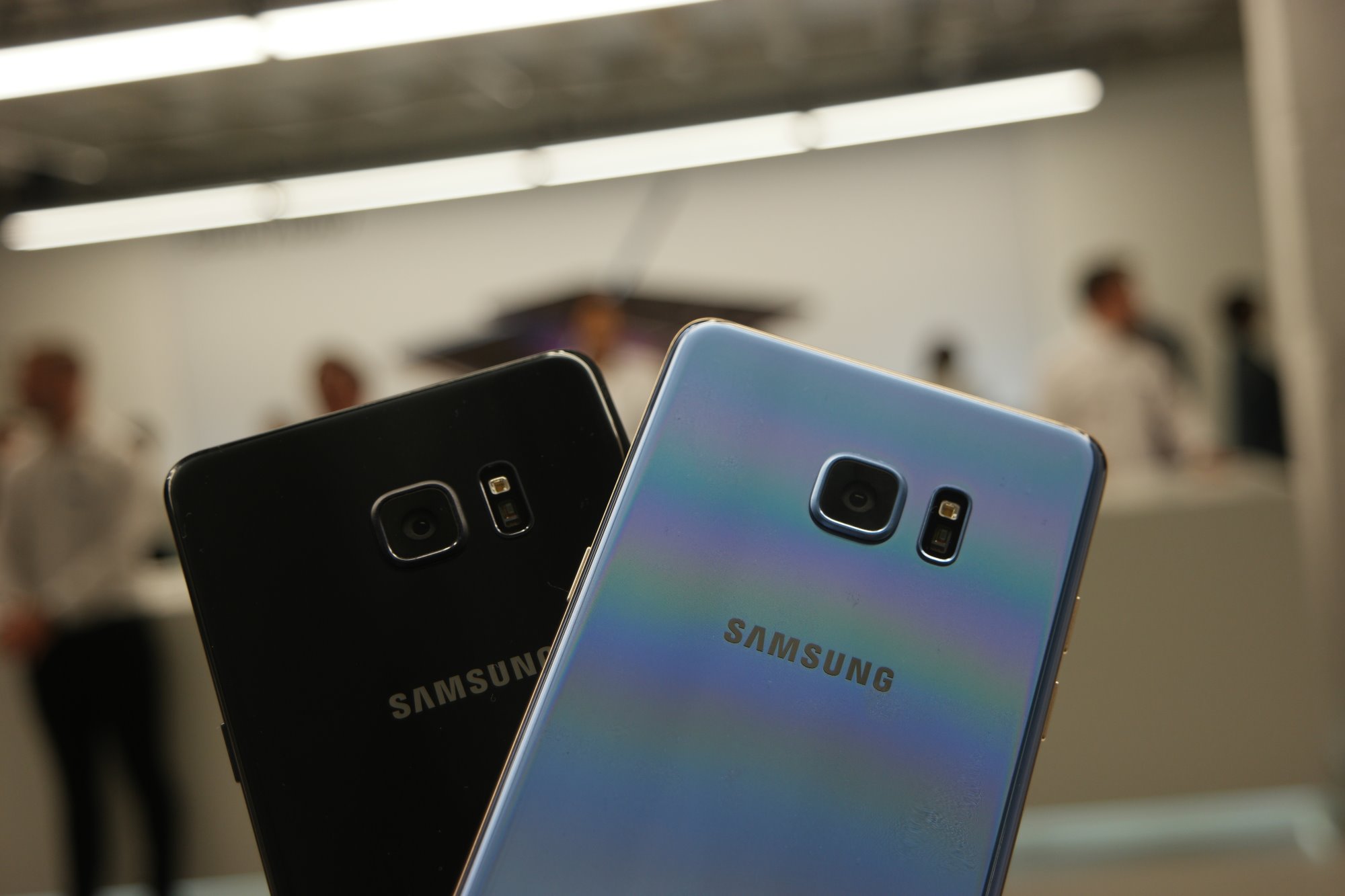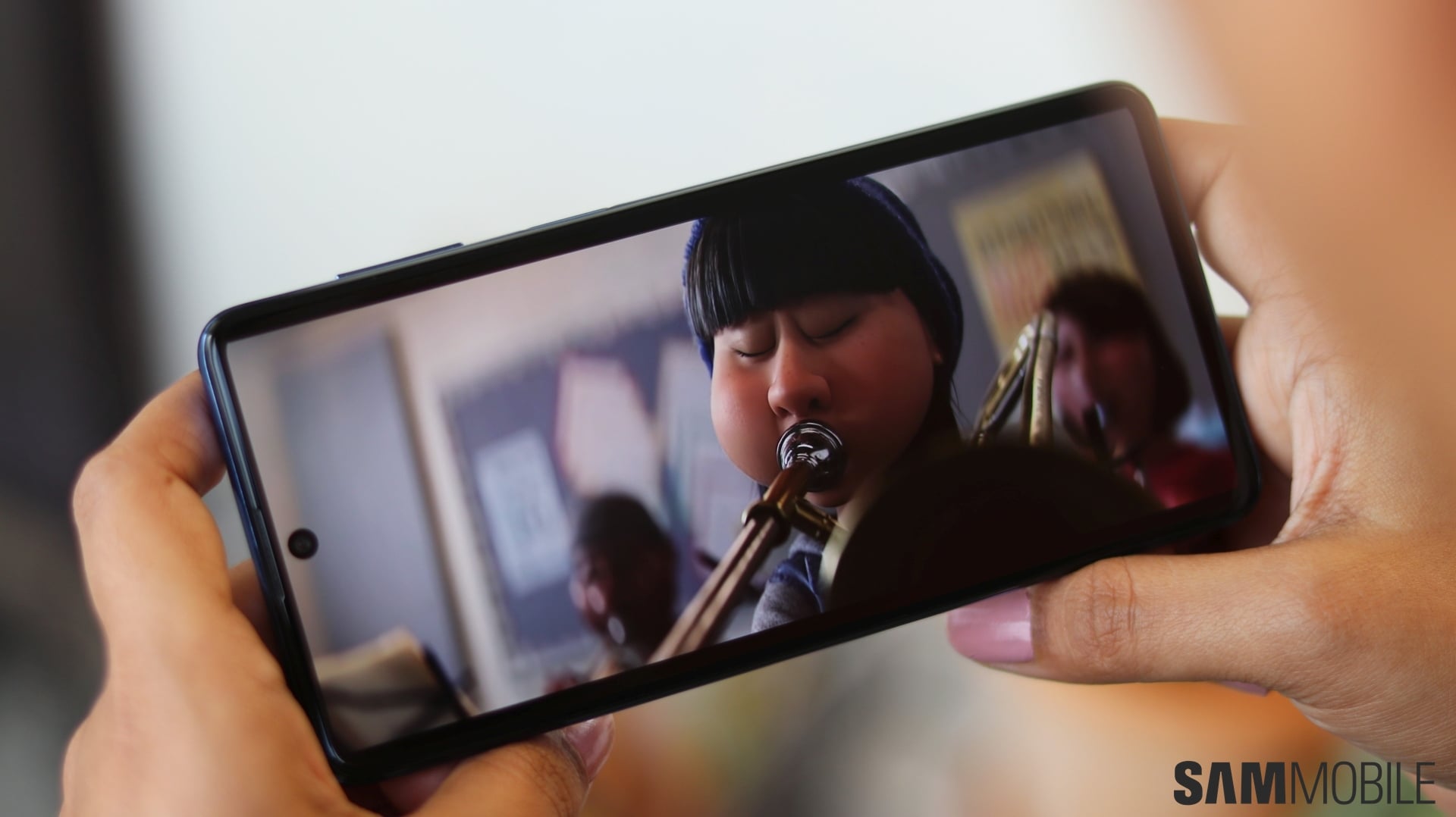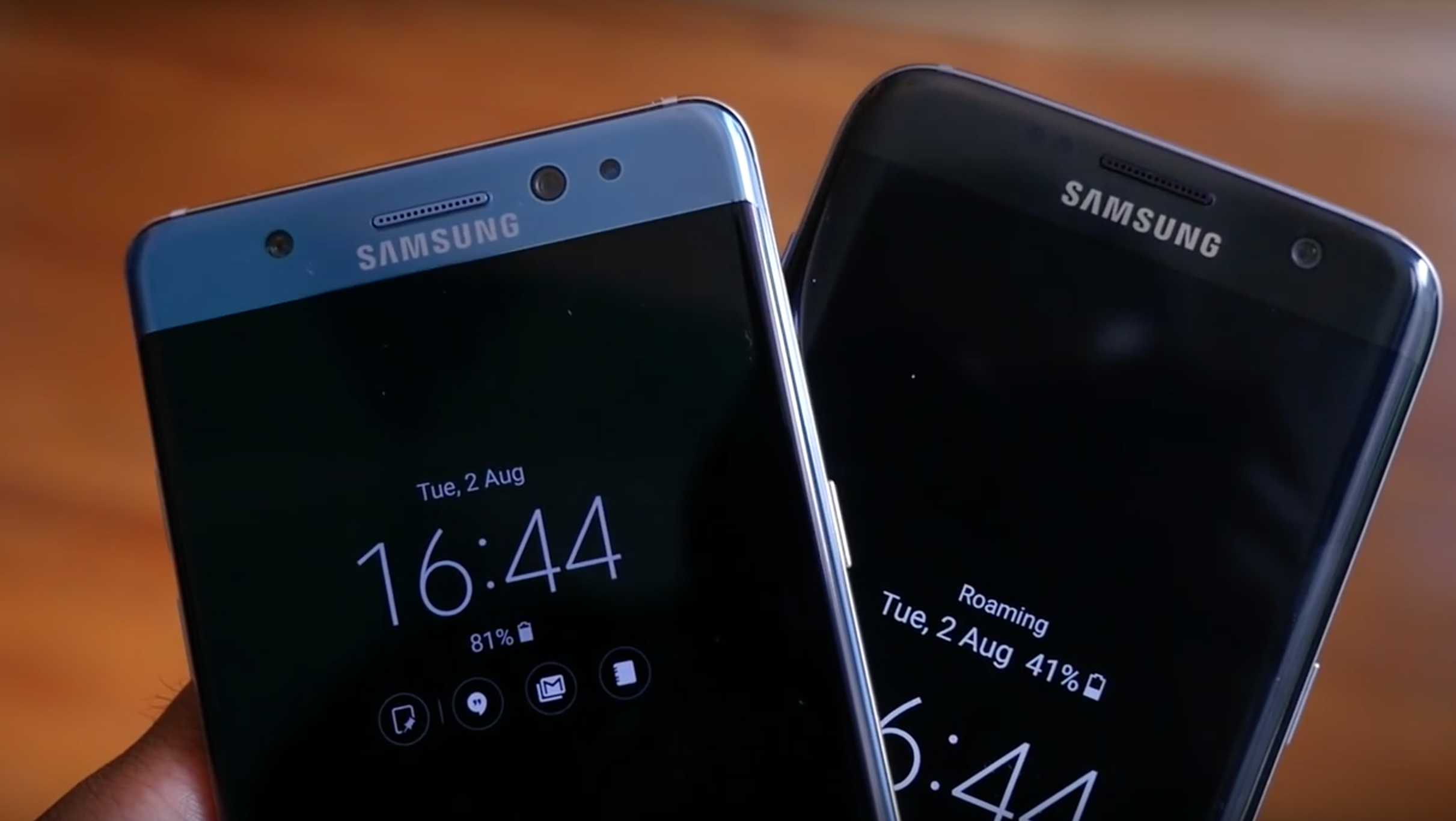
This means that there's no additional film underneath the display glass so the device can be a hair slimmer. The electrodes that were placed between the films earlier are passivated to the display instead. Y-OCTA cuts production costs for Samsung as well since the company no longer needs to import touch films from third-party suppliers for use in displays.
A new report out of Korea claims that Samsung is going to use the Y-OCTA display technology for the Galaxy S8 as well. It's also claimed that the Y-OCTA display will be limited to the smaller of the two Galaxy S8 models. Rumor has it that the Galaxy S8 will be available with 5.7-inch and 6.2-inch displays. The handset is expected to feature a bezel-less design which would allow for a bonkers screen-to-body ratio.
Samsung is due to unveil the Galaxy S8 at the Mobile World Congress 2017 in February.
